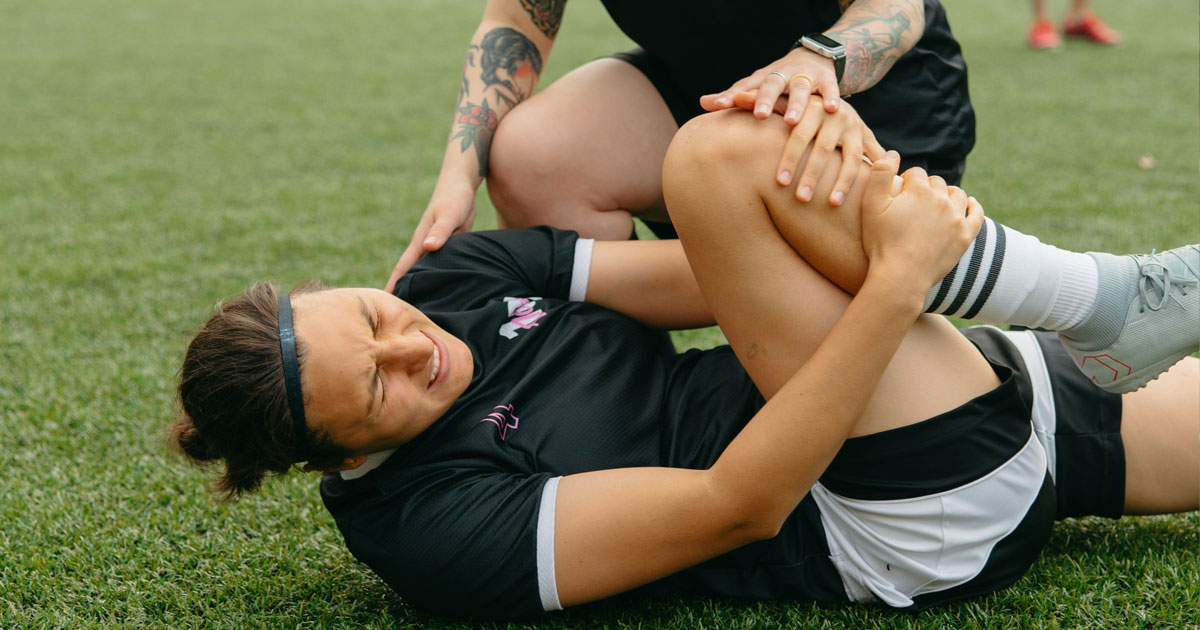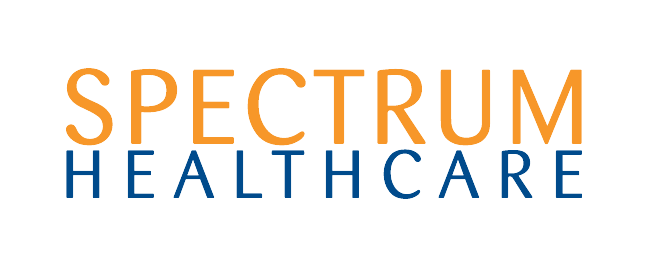
Knee Meniscus Injuries: How Can Spectrum North Ryde Help You?
Knee meniscus injuries are sadly common among athletes and active individuals. The meniscus, a ‘C’-shaped cartilage in the knee, serves as a cushion between the thigh bone (femur) and the shin bone (tibia), providing stability and shock absorption. Let’s take a closer look at how the meniscus can sustain injuries and what we at Spectrum can do for you if you experience a meniscus injury.
How Do Injuries Happen?
Meniscus injuries typically occur from compression and shear forces that the meniscus cannot withstand:
- Twisting or Pivot Shift Motions
Sudden rotational movements, common in grass, court, and change-of-direction sports, can injure the meniscus when the knee is bent and the foot is planted. Think of a mortar and pestle; the same action of forceful downward pressure, accompanied by twisting and rotation, represents the same mechanism in this category. - Direct Trauma
A forceful impact, such as a tackle in rugby, can damage the meniscus as the joint shifts from the impact. This mechanism is less common than the classic pivot shift mechanism and requires a significant amount of forceful contact. - Degenerative Changes
In older adults, wear-and-tear over time can weaken the meniscus, leading to tears with minimal or no trauma.
Types of Meniscus Tears:
Meniscus tears vary significantly among individuals. Injuries to the meniscus are typically a form of tearing and differ mainly in shape, size, and severity, all of which can influence the specific treatment options. Common types include:
- Radial Tear
Extends from the inner edge outward, often in the central meniscus, disrupting its ‘C’ structure. - Horizontal Tear
Runs parallel to the tibial plateau, splitting the meniscus into top and bottom layers; more common in degenerative cases. - Bucket-Handle Tear
A large, longitudinal tear where the torn fragment displaces, resembling a bucket handle; often causes knee locking. - Flap Tear
A portion of the meniscus lifts, creating a flap; may cause catching or locking sensations. - Complex Tear
Combines multiple tear patterns, typically seen in degenerative or more severe pivot shift injuries. - Vertical/Longitudinal Tear
Runs parallel to the meniscus’s outer edge, often repairable in younger patients with good blood supply.
The location of the tear (inner, middle, or outer zone) is significant, as the outer third (red zone) has a better blood supply and therefore greater healing potential compared to the inner, avascular white zone.
It is also worth noting that some meniscus tears often occur in conjunction with other injuries. Unfortunately, due to the injury mechanism, the knee ligaments are usually affected as well. When the ACL, MCL, and meniscus are all injured in the same incident, this is referred to as a terrible triad. We won’t dwell on the terrible triad and other knee ligament injuries, but if you appreciate this little piece of trivia and wish to learn more about knee ligament injuries, click this link
How Do I Know If I Have a Meniscus Tear?
Symptoms of a meniscus tear depend on the tear’s type and severity, but often include:
- Pain: Localised to the inner or outer knee, worsening with twisting or bending, such as during squatting movements.
- Swelling: Fluid buildup in the knee, often delayed by a day or two.
- Locking or Catching: The knee may lock in place or feel like it’s catching, especially with bucket-handle tears.
- Instability: A sensation of the knee giving way, particularly during weight-bearing activities.
- Limited Range of Motion: Difficulty fully bending or straightening the knee.
- Clicking or popping: Audible or palpable sensations during movement.
Symptoms may develop suddenly after trauma or gradually in degenerative cases.
The importance of Sports Chiropractic and Physiotherapy in Managing Meniscus Tears
Sports chiropractic and physiotherapy provided by our Spectrum staff play a vital role in managing meniscus tears. Meniscus tears can be diagnosed clinically through special hands-on testing by our expert Spectrum staff; however, in some cases, we may need more in-depth investigations. For this, Spectrum professionals typically refer for an MRI of the knee to visualise the type, size, and location of the tear. As we mentioned earlier, these factors significantly influence how we manage these injuries. If there is a small tear or conservative management is appropriate for your case, we begin by focusing on restoring function, strengthening the knee, and addressing underlying biomechanical issues. Here’s how we can help you:
Joint Mobilisation and Manipulation
Chiropractors employ hands-on techniques to restore proper joint function and mobility in the knee and surrounding structures, alleviating stiffness and enhancing function. These adjustments can also alleviate pain and improve circulation to promote healing.Exercise Rehabilitation
Individualised exercise programs are designed to strengthen the muscles that support the knee, including the quadriceps, hamstrings, and calf muscles. Balance and proprioception training, using tools such as foam pads, Bosu balls, or resistance bands, helps retrain the neuromuscular system to enhance coordination and stability. The use of our Alter-G treadmill may also aid in restoring proper walking technique during recovery.Taping or Bracing
Temporary use of sports tape can offer additional support during recovery, allowing for safer participation in physical activities as the knee strengthens. In cases involving larger or more severe meniscus tears, the Spectrum team may implement a bracing protocol to reduce compression and irritation of the injured area while the tissues scar and begin to heal.Pain Management
Pain and inflammation can be addressed using therapeutic modalities such as our Game Ready system, which supports active rehabilitation by improving comfort and reducing swelling.
Some cases will require surgical consultation. However, our role at Spectrum doesn’t end if we need to go down that path. You can rely on us to refer you to our expert Sports Doctors and orthopaedic surgeon friends, with whom we have cultivated a deep trust over the years. After you have undergone the necessary operation, we will take care of your post-op care and guide you through the recovery process, helping you get back onto the field or court as soon as possible.
Meniscus injuries vary from minor tears that can be managed with conservative care to severe tears that require surgery. Understanding the injury’s mechanism, type of tear, and symptoms aids in guiding our treatment decisions here at Spectrum. Sports chiropractic and physiotherapy play a crucial role in recovery and prevention, including post-operative care in complex cases. Early intervention, appropriate rehabilitation, and lifestyle changes can assist you in returning to activity and maintaining knee health. As always, if you have any questions, please don't hesitate to contact our team of professionals at your convenience.
Contact us today (02) 9889 3344
